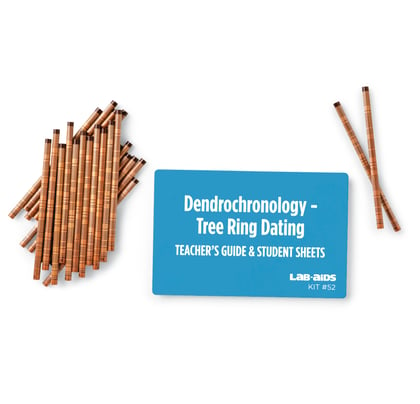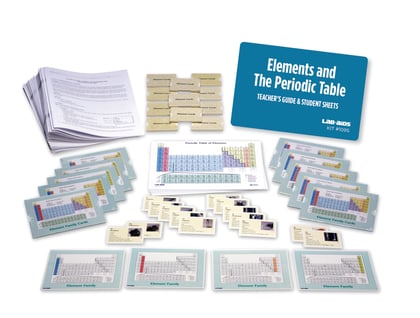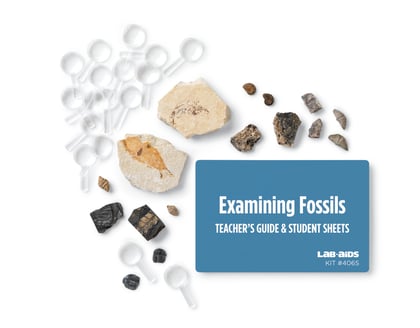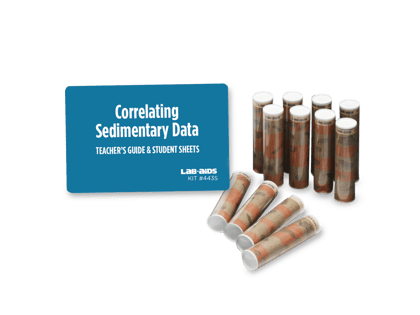Radioactivity And Half-Life Modeling

Students simulate and measure radioactive decay by using simulats® (simulated radioactive atoms). They then use their data to create decay graphs and determine the half-life. To extend their understanding, they use known half-lives of actual radioisotopes to estimate the ages of ancient artifacts or fraction of the isotope remaining in those artifacts.
Details at a Glance
- 1-2 Days | 1-2 ~50 minute class periods
- 1 Activity
- Accommodates unlimited classes, each with 15 groups of 2 students
- All materials are non-consumable
- Includes digital resources
Scientific Concepts
•Some elements have unstable radioactive isotopes (radioisotopes) that decay over time into different elements.
•Half-life is the time it takes for half of the atoms of a sample of radioisotopes to decay.
•A radioisotope’s half-life is constant and independent of sample size.
•Different radioisotopes have different half-lives, ranging from under 1 second to millions of years.
•The process of radiometric dating uses radioisotopes to estimate the age of artifacts from the past.
KEY VOCABULARY: atom, element, isotope, radiometric dating, decay, half-life, radioisotope, sub-atomic particle
Guides & Student Sheets
Our kits and modules provide you with everything you need so you can open, review, and teach the material confidently the next day.
- Comprehensive Teacher Guide with background information, detailed instruction, example data and answers
- Student Sheets with age appropriate background information, full procedure(s), and analysis items
- Materials necessary for the investigation (beyond common classroom items)
- Safety Data Sheets
Kit Components
- 1 Teachers Guide
- 30 Student Worksheets and Guides with data chart
- 15 Simulated radioactive atoms (simulats), plastic, sets
- 15 Shakers




